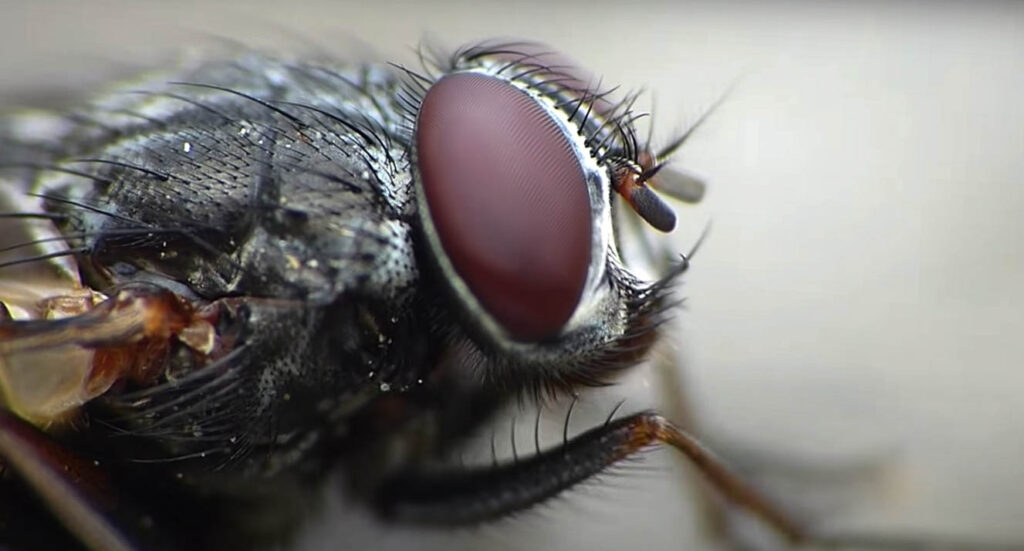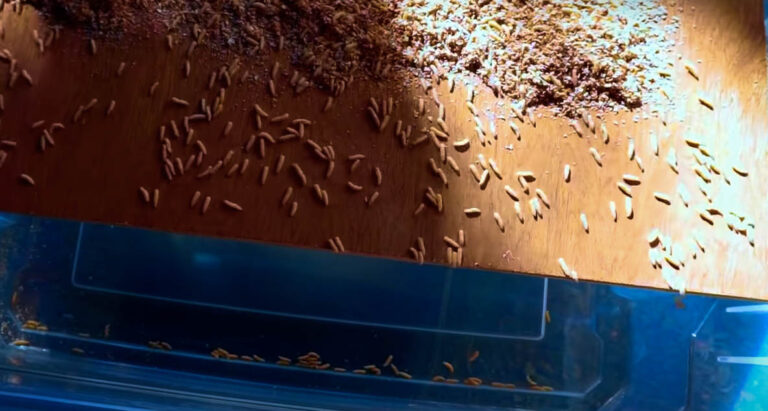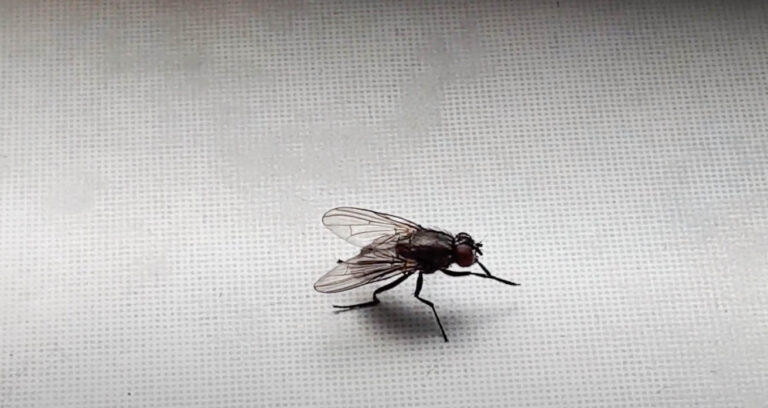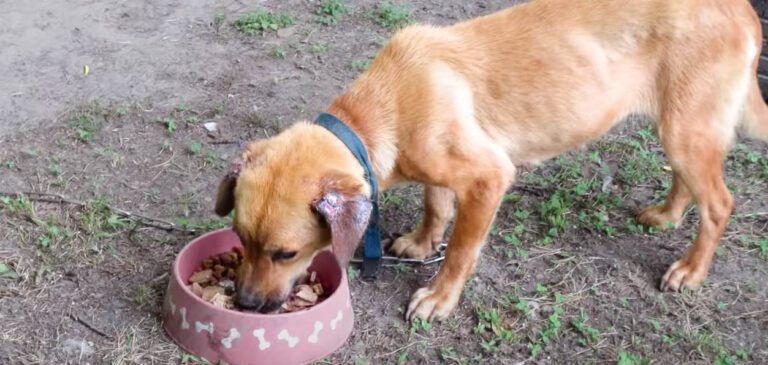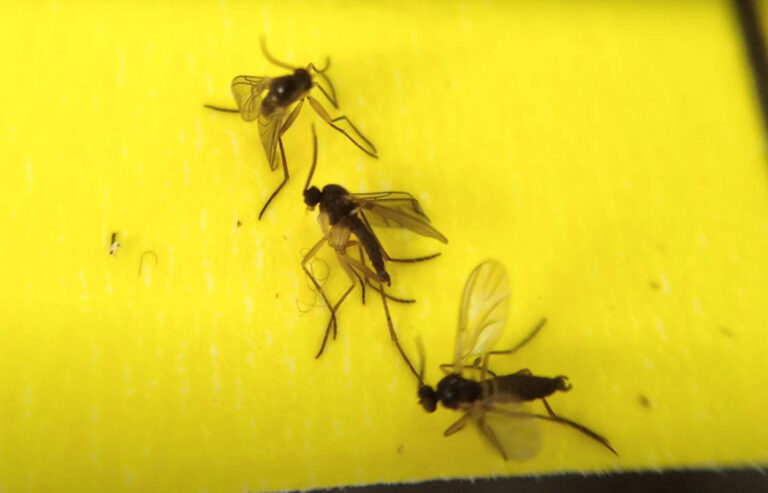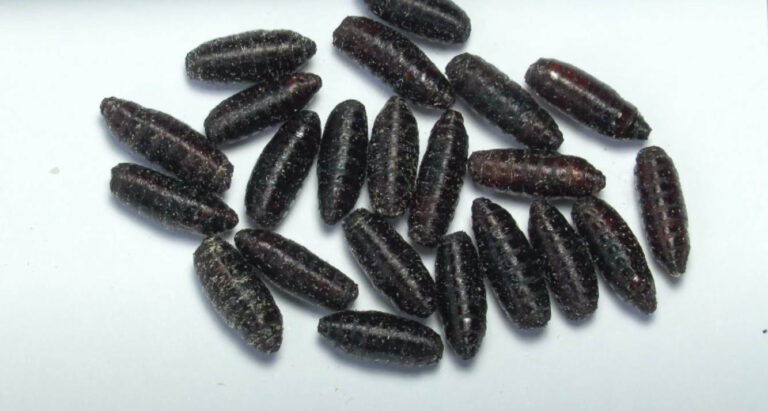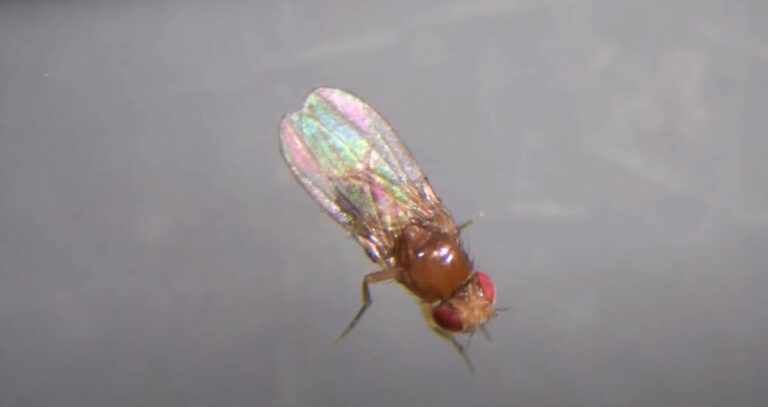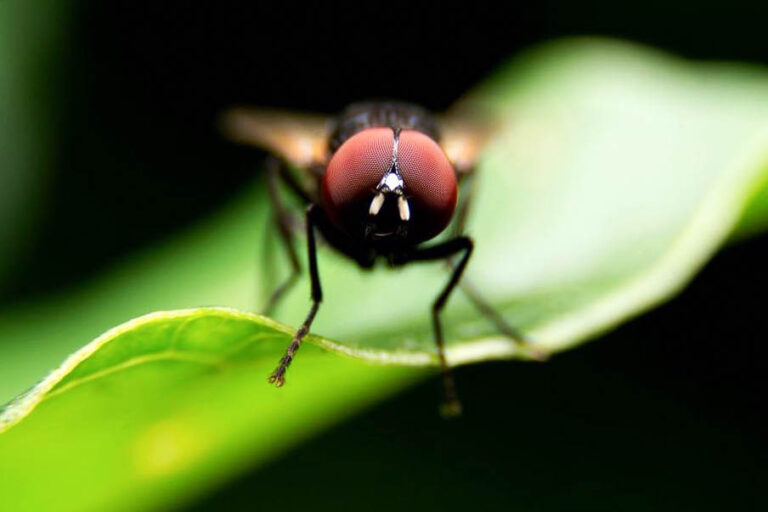Will flies bite my dog?
Will flies bite my dog?
Flies can be an issue for adults and livestock but what about dogs? Do flies bite dogs? The answer to that question is, yes they do. Flies are after blood, no matter how they have to get it and they continue to search throughout the day for something to bite.
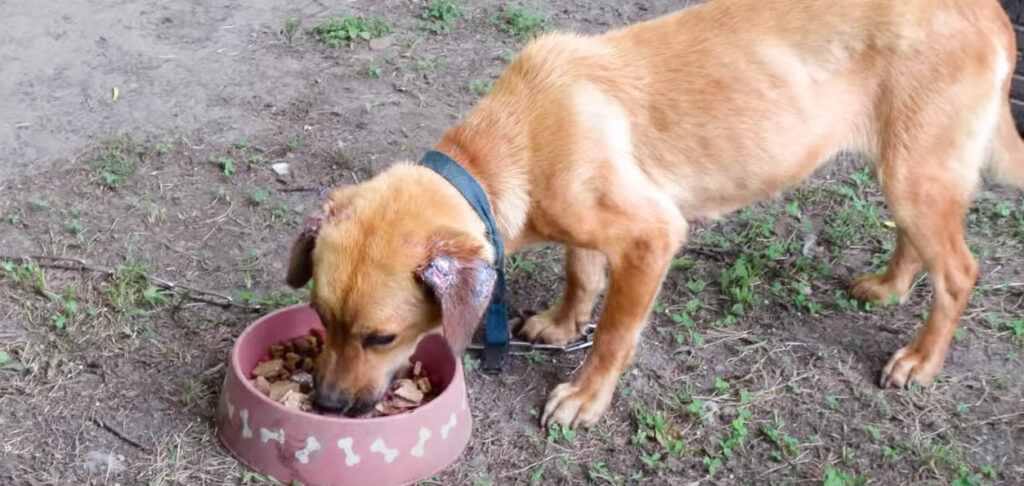
Signs of a fly bite
The first thing you will want to look for is little red circles on the dog’s stomach area as well as the inside of the back legs. When dogs are outside, they typically roam around and while doing so, become a target for the flies who will then land on them, circle around to the belly, and start biting. They also like to bite the ears as well because the ears have a thinner layer of skin and hair.
Flies bite the dogs in order to obtain the blood and just like on a human, the bite can be just as painful for your dog. When a fly lands on a dog, the only way they can remove the fly is if they shake their heads back and forth in order to try and release it from the ears. If they land on the belly, the dog will most likely take off running but will not have too much success in removing the fly unless they run through taller grass that can knock it off.
After the fly bites a dog, it becomes red, sore, and painful. In some cases, these bites will eventually turn into an infection and that will attract even more flies. Signs of an infection include:
- A foul odor coming from the skin. The dog will typically be seen rubbing the head on the floor, licking the base of the tail, and more.
- Dry scale skin that almost looks crusty.
- A raw sore that seems to ooze a little.
Pay close attention to any areas on the dog that the dog seems to be focused on. If you see flies or gnats flying around the dog, chances are, that bite has caused an infection which has attracted the fly or the gnat to lay eggs inside and those eggs will hatch into maggots very soon.
Treatment
Your dog’s treatment is simple; wash the ear with warm water and soap that has some form of antiseptic in it. After rinsing and drying it, use a topical antibiotic ointment to control the infection. Another way to stay ahead of the game is to check your dog over for bite marks after being outside. If you see red marks, you will want to add a little cool water to the spots by holding a cloth on them for a few minutes. Remember, these bites are just as painful for your dog as they are for you.
